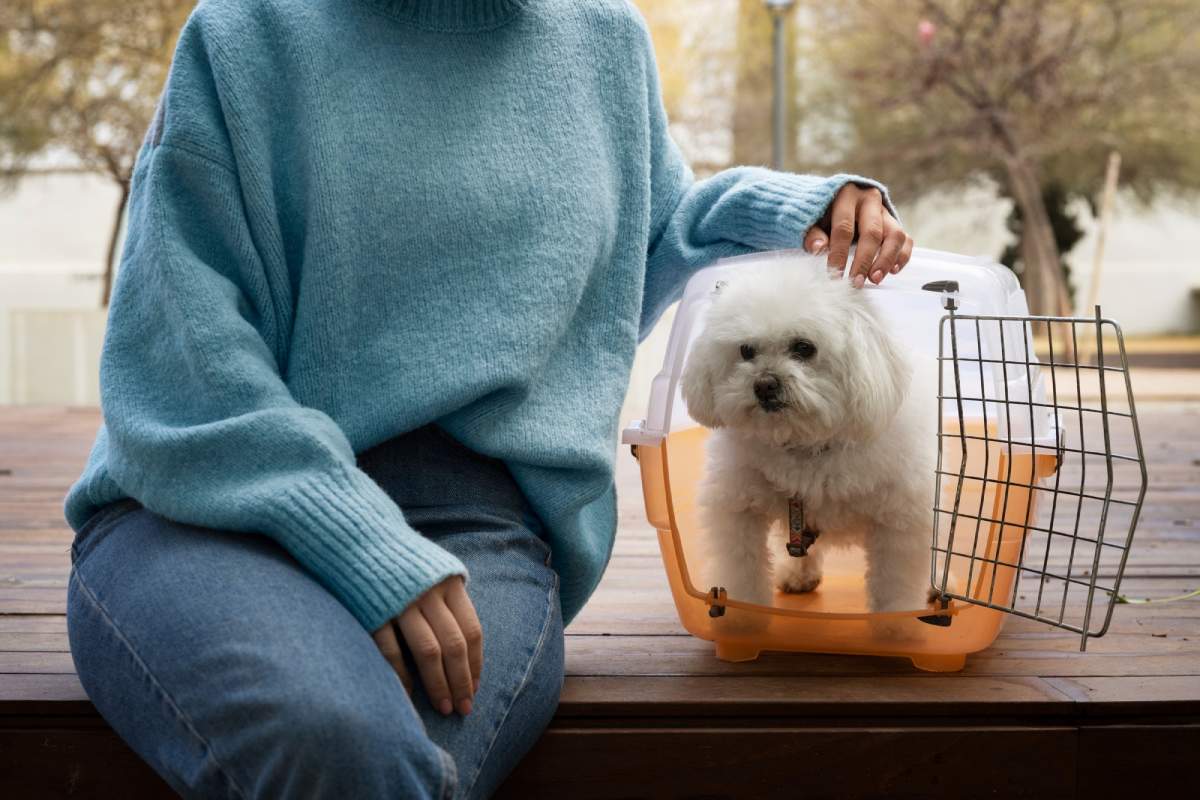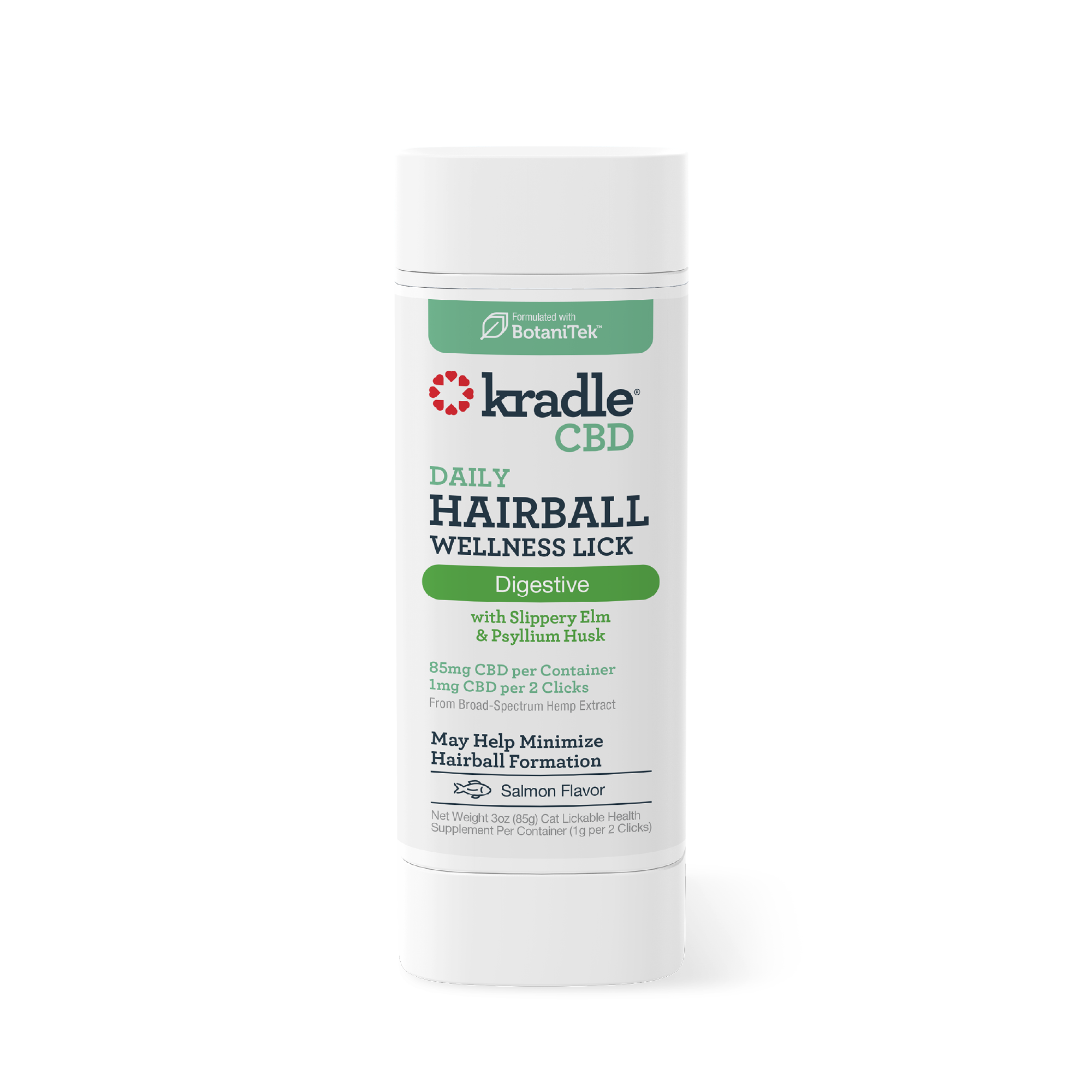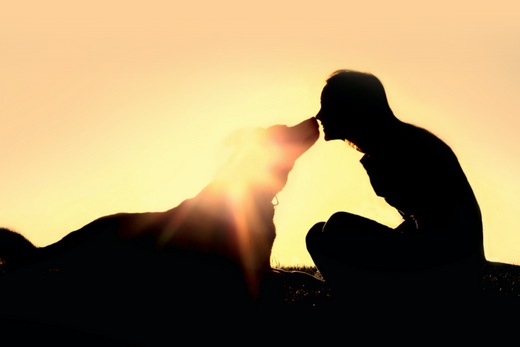
How Relocation Impacts Canine Emotions and Mental Health
Relocating with your furry companion isn’t just about logistics and suitcases. It’s about uprooting their entire world — their favorite sunny nap spot, the familiar smells on their favorite walk, even the rustle of their leash from a certain drawer. For pet parents, relocating with a dog is an emotional journey that goes far beyond just getting from point A to B.
We learned this firsthand with our French Bulldogs, Oscar and Charlie, who went from New York to London with us, and brought along their quirks, stress, and stories worth sharing.
We humans have checklists, calendars, and conversations to help us deal with change. Dogs don’t. They feel everything through their senses — the smells, the sounds, the shift in your energy when something’s coming. That’s why moving can hit them harder than us.
If you’re in the thick of a move or just landed in a new home, this guide is here to help. Not just with packing tips, but with ways to keep your dog feeling steady, safe, and loved through all the change.
Why Moving with a Dog Requires Planning

Emotional Impact of Relocation on Pets
Dogs are creatures of habit, and even the smallest change can unsettle them and trigger confusion, anxiety, and even protective behaviors.
In our case, Charlie, our younger Frenchie, started showing clear signs your dog is stressed from moving — the kind of behaviors many dogs display when everything familiar suddenly disappears. Once we moved to London, he became noticeably more protective, barking incessantly at other dogs on the street and even at animals on the television.
His older brother Oscar, usually calm and social, began mirroring some of these stress behaviors. This emotional domino effect can happen even in the most loving, structured households.
Common Challenges While Relocating a Dog
Every dog responds differently, but when you’re relocating with a dog, common hurdles include:

Travel anxiety and motion sickness
Whether it’s the hum of an airplane or the unfamiliar curves of a winding road, travel can really throw some dogs off. Charlie drooled nonstop on our first car ride through central London, and we learned quickly to keep calming items and a comfort blanket within reach. Whining, trembling, or even a nervous stomach are common signs during long-distance moves.
Sensitivity to new sounds, smells, or even weather
Dogs read the world through their nose and ears, and when everything suddenly smells different and sounds sharper, their system goes into high alert. The first few nights in our new home, Oscar would jolt up at every passing siren. It took time for them to relax into the rhythm of the new environment.
Bathroom accidents in the new home
We were surprised when Charlie, who had been house-trained for years, started having indoor accidents. But with a new floor plan, strange smells, and unfamiliar outdoor routes — he genuinely didn’t know where to go or how to ask. Regular potty breaks, patience, and gentle reminders helped get him back on track.
Barking or aggression toward unfamiliar people or animals
Back in NYC, Charlie was social and friendly. But in London, the constant appearance of foxes, feral cats, and entire packs of unneutered dogs had him barking like we’d never seen before. Stress mixed with protectiveness turned walks into tense outings, especially in busy parks. We realized he was adjusting to a new “territory,” and that came with a learning curve for all of us.
Disrupted sleep and eating patterns
For the first week, Oscar barely touched his food and paced at night. The new smells, space, and our own anxious energy definitely affected them. We found that putting their beds in a cozy, consistent corner and sticking to familiar feeding times helped get everyone back to a calmer, more restful rhythm.
With Charlie, urban wildlife like foxes, squirrels, and even unfamiliar feral cats became unexpected anxiety triggers in our new neighborhood. What had once been manageable walks turned into highly alert, stressful outings.
Legal and Documentation Requirements for Moving Pets
International or interstate moves come with a load of paperwork. You’ll need:
-
An up-to-date health certificate
-
Vaccination records (including rabies)
-
Import permits, if required
-
Microchip information
-
Breed-specific documentation, depending on your destination
We were lucky to have both dogs cleared for in-cabin travel, but planning this required vet visits, documentation prep, and a lot of research — all while packing and organizing our own lives.
How Can I Prepare the Dog for the Relocation?

Create a Pre-Move Routine
If you’ve ever tried packing a box while your dog just stands there watching you with those confused, slightly worried eyes — you already know. They feel the shift before the suitcase is even zipped. So we tried to keep some sense of normal. Extra walks, same feeding times and little calm moments — these predictable routines in the middle of change is how we approached moving with a dog. We even let them sniff the moving boxes before we packed anything. It sounds small, but that little bit of predictability seemed to tell them, “You’re still safe. We’ve got you.”
Visit the Veterinarian Before You Move
Before heading out, schedule a check-up. Ask for:
-
A full health exam
-
Updated vaccination records
-
Necessary prescriptions or calming aids
-
Advice tailored to your dog’s age, breed, and travel conditions
Having a letter from the vet confirming your dog’s health status is also helpful, especially when passing through customs or entering new municipalities.
Pack a Separate Bag with Dog Essentials

Imagine arriving in a new place only to realize your dog’s food, toys, or medications are in a box marked “kitchen stuff.” Avoid this by creating a dedicated “doggo bag” that includes:
-
Food and treats
-
Bowls and bottled water
-
Medications and supplements
-
Favorite toys and comfort blankets
-
Leash, poop bags, ID tags
We kept Oscar’s calming chew treats and Charlie’s favorite toy squirrel within arm’s reach throughout the move — tiny gestures, big impact.
Keep Your Dog’s Routine Consistent
As much as possible, try to keep your dog’s walk, meal, and potty schedule consistent during and after the move. Routine anchors your pet emotionally. If a walk normally happens at 7am, stick to it, even if you’re surrounded by unpacked boxes.
How to Settle a Dog into a New Home?
Symptoms of Dog Anxiety Moving to New Home
When we moved, it wasn’t just our pets who had to adjust. We all did. But while we knew what was happening, they didn’t. One day, they’re home; the next, they’re somewhere that smells completely different, and nothing feels familiar.
Dog anxiety moving to a new home is incredibly common, and it shows up even in dogs who’ve always been confident and chill. It doesn’t mean you did anything wrong. It just means your pup is trying to make sense of a world that suddenly changed.
Here are common signs to look out for and what they may be telling you:
-
Loss of appetite
Some dogs stop eating when they’re unsettled. They’ll sniff the food, maybe lick it, then leave it. Try not to worry right away. Keep their routine steady, and they’ll usually come around once they start feeling safe again. -
Pacing or restlessness
They walk back and forth, circle around the same spot, lie down and pop right back up. It’s a way of releasing nervous energy. They’re trying to adjust, and their body’s just catching up with the change. -
Accidents in the house despite being housetrained
It can be surprising to know that a dog that hasn’t had an accident in years suddenly forgets where to go. It’s not about training. Stress throws off their rhythm. Gentle reminders and extra breaks help get things back on track. -
Destructive chewing or digging
Chewing, scratching, tearing up a rug — it’s not about the object. It’s how some dogs handle stress. They don’t have words, so they show it in behavior. It’s not ideal, but it’s communication. -
Hiding or avoiding contact
Some dogs get quiet when they’re anxious. They’ll find a corner, a closet, somewhere small and out of the way. They’re not being distant. They’re just trying to feel safe while they process the change. -
Panting or drooling when not hot or active
This one’s easy to miss. If your dog is panting hard or drooling without any obvious reason, it could be stress. Their body is reacting even if they seem calm on the outside.
These signs your dog is stressed from moving aren’t bad behavior, they’re your dog’s only way of saying, “I’m overwhelmed.” What they need most is time, consistency, and a sense of safety. Gentle patience, familiar routines, and calming aids can work wonders in helping your dog feel at home again.
Introduce My Dog to My New Home

Start small. Let your dog explore the new home gradually — one room at a time. Place their bed, bowls, and familiar items in similar spots as before. Walk them around the neighborhood slowly, allowing them to sniff and adjust to the new sights and smells.
Oscar and Charlie responded well to “familiar routines in unfamiliar places.” We used the same feeding bowls and beds and took walks at the same times, even in new parks.
How Long Will It Take for My Dog to Settle In?
Every dog is different. Some adapt in a few days, while others may need weeks. Keep watch for signs dog is adjusting to new home, such as:
-
Sleeping through the night
-
Normal appetite returning
-
Playing with toys
-
Approaching you for affection
Charlie took longer than Oscar, especially after our second move to London, but gentle patience paid off. If you’re relocating with a dog, those little moments, like the first relaxed nap, are signs that things are finally falling into place.
When to Seek Professional Help for Anxiety
If, after a few weeks, your dog still shows severe anxiety, it’s time to consult a professional. Trainers, behaviorists, or even your vet can help rule out underlying conditions or offer customized strategies.
We considered socialization classes for Charlie, especially when his barking escalated post-pandemic. Combining that with natural supplements like Kradle made all the difference.
How Kradle My Pet May Help Your Dog Stay Calm
Moving can trigger emotional shifts in even the most well-adjusted pets. Natural, science-backed support can make a meaningful difference, and that’s exactly what Kradle offers. With gentle, daily calming products tailored specifically for dogs, Kradle helps create a sense of security and comfort during times of transition.
Calming Chews
When we began noticing Charlie's stress reactions intensify after our second move — excessive barking, pacing, and protective behaviors, we decided to try CBD Dog Calming Chews. These chews are thoughtfully formulated with broad-spectrum CBD and Kradle’s exclusive BotaniTek™ blend, designed to support calm, relaxed behavior in dogs without affecting their personality.
Oscar, our older Frenchie, immediately took to them. Over a few weeks, we saw subtle but steady improvements — fewer reactive moments, more relaxed walks, and an easier time settling at home. These chews became an essential part of our calming toolkit.
CBD Dog Bones
For Charlie, CBD Dog Bones worked better. The crunchy, bone-shaped treats not only appealed to his taste buds but also helped him decompress during higher-stress scenarios, like unexpected guests or longer periods of separation during errands.
We love that both dogs can have calming solutions that suit their personalities and preferences — all while sticking to safe, vet-recommended routines. Kradle’s formats are easy to dose by weight and convenient for everyday use or quick relief on the go.
FAQs
What should I pack for my dog when moving?
Whatever you’d hate to realize you forgot halfway through the drive. Food, leash, bowls, meds, poop bags. Something that smells like home — blanket, toy, even your sock. Keep it in a bag you can grab fast. Don’t rely on remembering it. You won’t.
How do I help my dog feel comfortable during travel?
Keep things familiar. Same crate, same tone, same treat after getting in the car. Talk to them like you always do. Don’t hype it up. Just be normal. That helps more than anything else. And yeah, bring the blanket. Always bring the blanket.
Should I keep my dog with me on moving day or arrange pet care?
If it’s going to be a mess, and it usually is, find someone they know to stay with. Moving is loud. Doors stay open. People come and go. If your dog gets nervous or bolts easily, just don’t risk it. Safer to skip the stress entirely.
What are signs that my dog is stressed after moving?
They stop eating. They bark at shadows. They follow you like you’re about to disappear. Sometimes, they hide. Sometimes, they chew stuff they’ve ignored for years. It won’t all make sense. But it means they don’t feel settled. That’s all it is.
Are there calming products that help dogs during relocation?
Yeah, they help. Some dogs do better with it, some don’t need it. If your dog’s already prone to anxiety, it’s worth trying. Just don’t rely on it alone. Keep their routine steady. Be around. That’s what works.








